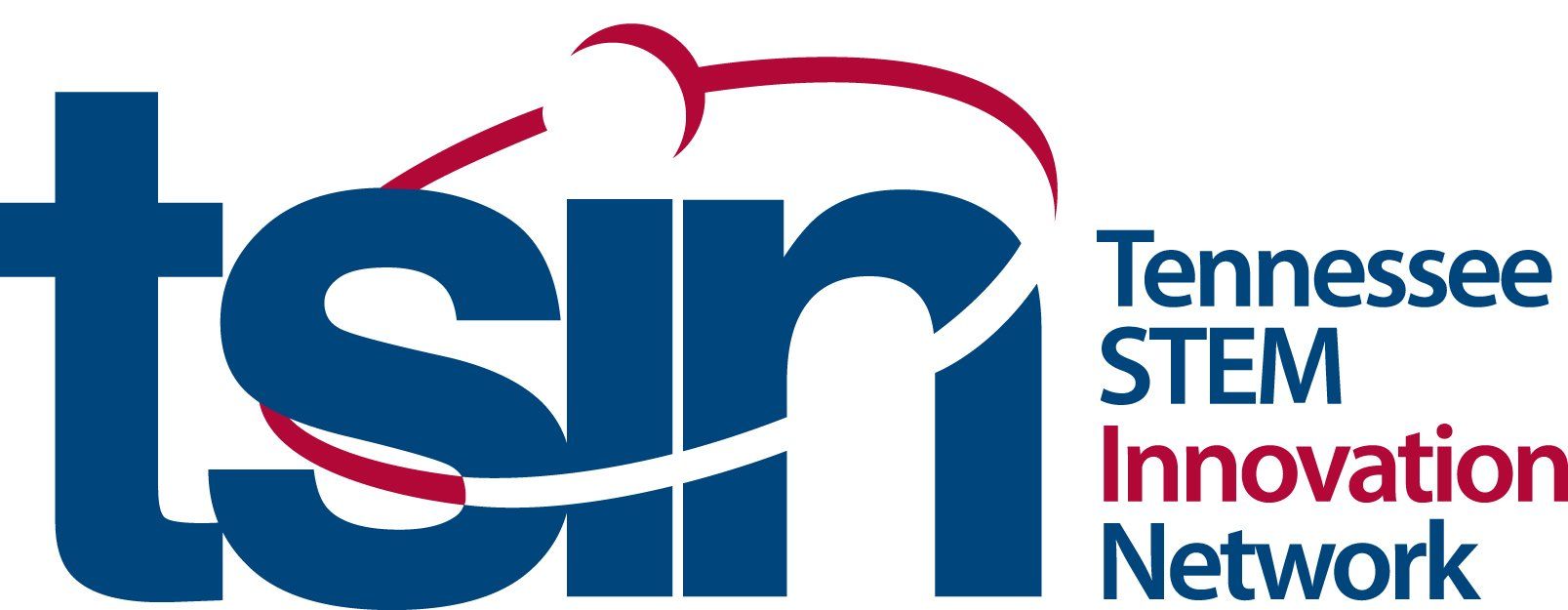Exploring a Healthy and Safe World
Maker Monday
Did you know that vaccines have been around since the year 1000C.E.? Some of the earliest records indicate that hundreds of years ago, Buddhist monks drank snake venom to develop immunity against snake bites. Since then, technology and human ingenuity have led to the development of vaccines that have rid the world of many diseases such as Polio and smallpox.
Today you will develop your own vaccine and create a plan for distribution.
Step 1: Our bodies are amazing! With the use of technology, we can create immunity to certain illnesses. Use this activity to explore how vaccines work. You can either download the pages or work in an editing program like Paint. Older students can enjoy this video.
Step 2: Have you ever thought about how scientists make vaccines? Find out how 6 common vaccines are made! Using either the interactive or printable version, design one of 6 vaccines.
Step 3: Now it’s time to think about how you might create your own vaccine. What would you make a vaccine for? What would it take to create your vaccine and what would you name it? How would you administer it? Using your resources, create a plan for your discovery!
Step 4: With your newly created vaccine, how will you distribute it to people? Today, think about how you will market and distribute your vaccine to people. Don’t forget to design a label and a print advertisement.
Step 5: Be sure to share your vaccine design and plan on social media using #MakerMonday and #LearningInPlaceTN!
Additional Resources:
Wonder Wednesday
Today is World Health Day! While vaccines can help to protect us from many different diseases that come from unsanitary (dirty) environments, one additional way that we can protect ourselves is by making sure that we have clean drinking water. Dirty water may contain many water-borne illnesses such as Typhoid Fever and Cholera that can make us sick.
Today you will explore the importance of protecting our water sources and the water purification processes that provide us with clean water.
Step 1: The Earth is made of nearly ¾ water. And that water is constantly in movement. The water cycle is the natural process water goes through and is constant. Watch the cycle in action here and try your own experiments to recreate the cycle here.
Step 2: We all know that pollution is a tremendous problem but do you know how pollution specifically affects our water supply? Make a list of the ways that water might become polluted.
Step 3: Check your list with this video. Are there forms of water pollution that you didn’t think of? Take a moment to think about the different ways we can remove pollution from water. Let’s look at how clean water gets into your home.
Step 4: Your final wonder activity can take many forms depending up the weather. If the weather is rainy where you are, go out and find a nice muddy puddle and collect some rain water. If the weather is sunny, you can take some water and dirt to create a mud puddle. Now follow these instructions to filter the water for your garden or plants.
Step 5: Ask a family member to share what you learned about water on social media using #WonderWednesdayTN and #LearningInPlaceTN!
Additional Resources:
Future Friday
Ensuring the health and well-being of our communities is a big task for anyone, so these careers are plentiful. If you are interested in caring for your community, it’s people, and the environment, one of these jobs might be for you. Examples of these careers include biomedical engineers, scientists, health and safety engineers, and medical care professionals.
Today you will explore several different options for careers that have a direct impact on the health and wellbeing of our communities.
Step 1: Biomedical engineering is the study of medical equipment used in an environment of care or training and how this equipment interfaces with the human body. But Biomedical engineers need to know so much more than Biology. Find out more
here.
Step 2: Scientists also work to create solutions to clean water for everyone. Less than 1% of the Earth’s freshwater is accessible. Learn more about the discoveries of this young scientist.
Step 3: Health and safety engineers combine knowledge of engineering and of health and safety to develop procedures and design systems to protect people from illness and injury and property from damage. Learn more here.
Step 4: Medical care professionals perform a variety of jobs and have many specialties as they work to keep us safe and healthy. They are proof that not all heroes wear capes. Learn about 10 different medical care professionals and their jobs here.
Step 5: Ask a family member or teacher to share something you learned about one of these careers and why you might be interested in that career field using #FutureFridayTN and #LearningInPlaceTN!
Additional Resources:
All about Environmental Engineering




